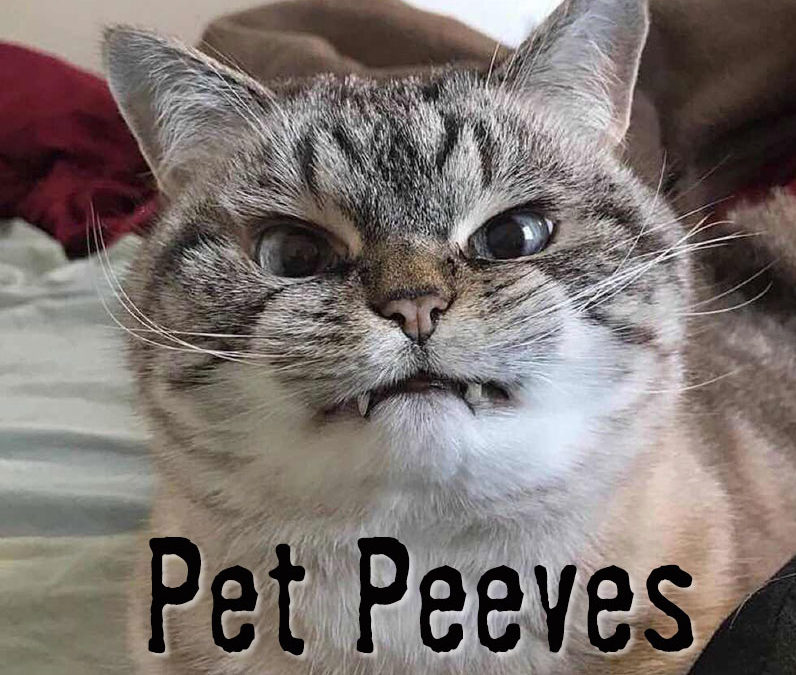
by Trevor Mayes | Feb 6, 2020 | Theme, Writing
What is theme? If there’s one aspect of screenwriting that confuses people more than any other, it’s theme. To be honest, it confused me for the longest time as well. And that’s because people who write about theme tend to get all philosophical and flowery in their...

by Trevor Mayes | Oct 22, 2019 | Industry Advice, Writing
Pros and Cons All the usual pros and cons exist with any partnership: Pros You have someone to share the workload with, bounce ideas off of, complement any gaps in your skill set, etc. Cons You may be at different skill levels, have unresolvable disagreements, or may...

by Trevor Mayes | Oct 16, 2019 | Grammar, Pet Peeves, Proofreading, Rants, Words, Writing
Week 4 The final week of pet peeves! Again, these aren’t just words or expressions that bug me for some reason — they’re mistakes I see so commonly when proofreading that they’ve become pet peeves of mine. For the big finale, I have not one but...

by Trevor Mayes | Oct 9, 2019 | Action Lines, Modern Craft, Pet Peeves, Proofreading, Writing
Week 3 This is a good one. And by good one, I mean a mistake I see all the time that drives me crazy. There’s mistakes See anything wrong with the above subheading? It should be: “There are mistakes,” right? You wouldn’t say, “There is...

by Trevor Mayes | Sep 24, 2019 | Pet Peeves, Proofreading, Writing
Week 2 Before I jump into Week 2’s pet peeve, I need to make a point of clarification. These items aren’t simply preferences; they are mistakes. Full stop. The reason they’re pet peeves of mine is because I see them so often in scripts. Such is the...

by Trevor Mayes | Sep 17, 2019 | Pet Peeves, Writing
Week 1 I proofread a lot of scripts. Some mistakes I find drive me batty. And if they drive me batty, odds are they’ll do the same to other readers (i.e. gatekeepers). None irk me more than this pet peeve, but I’ve already written about that one. So for...







